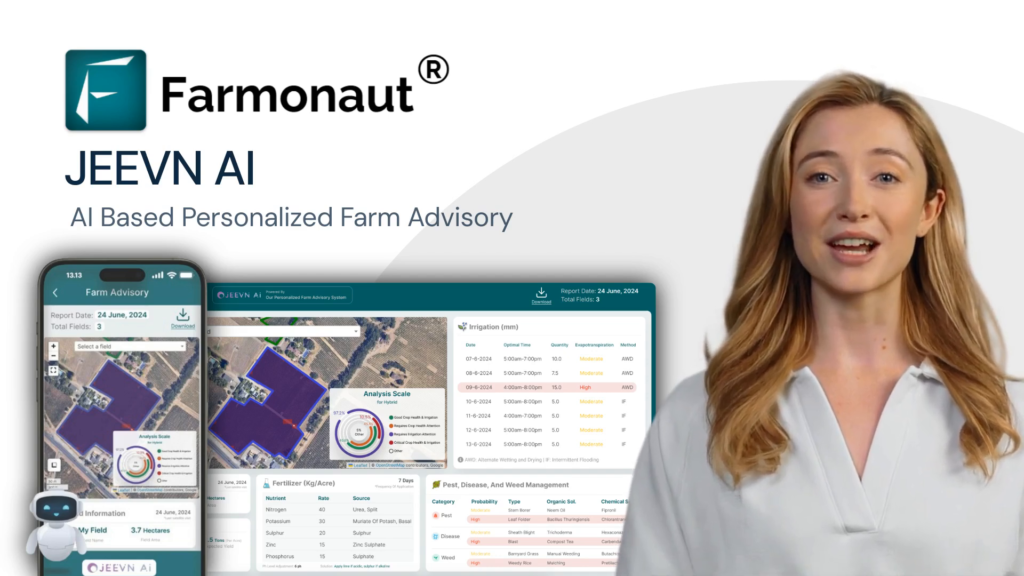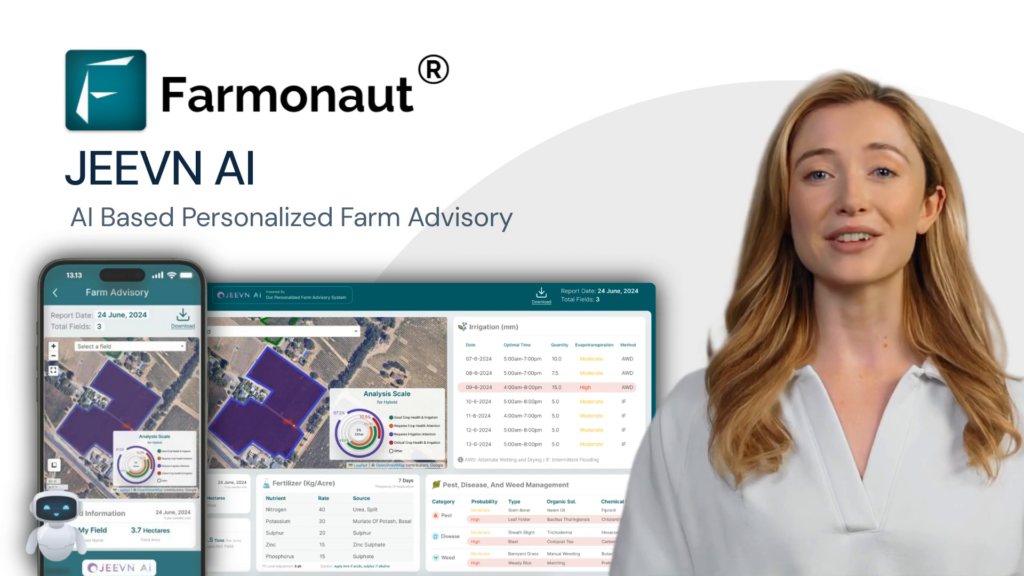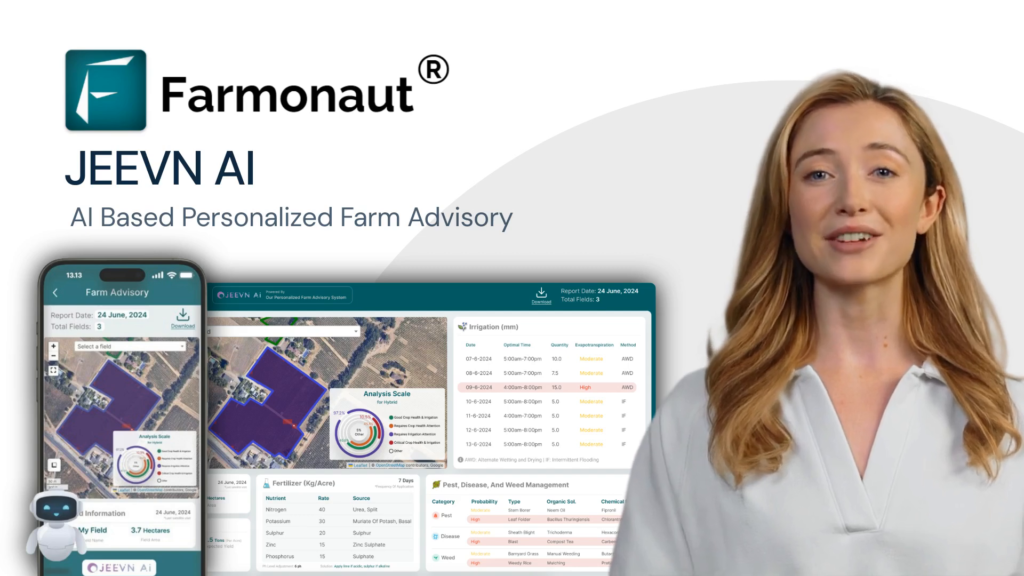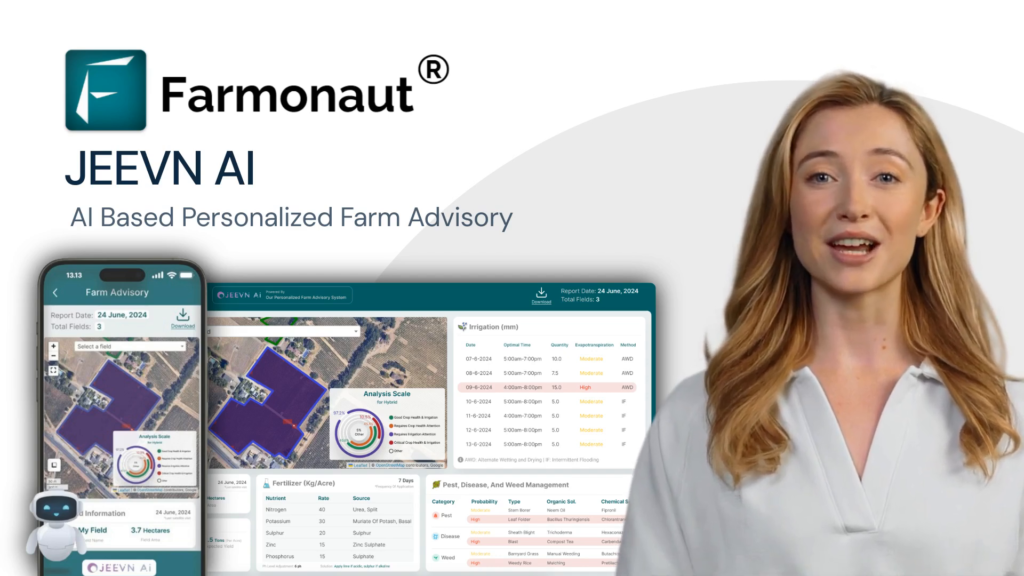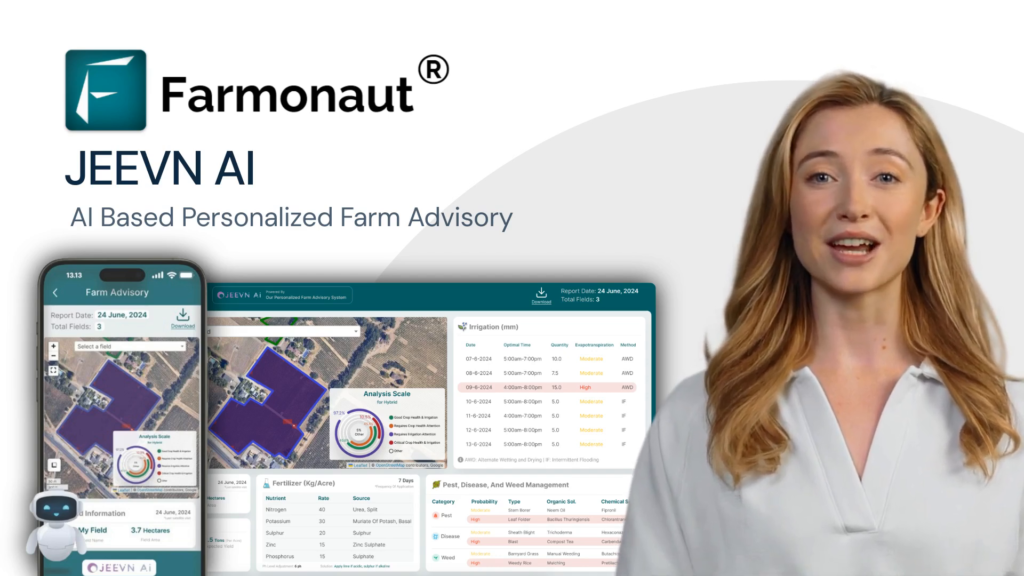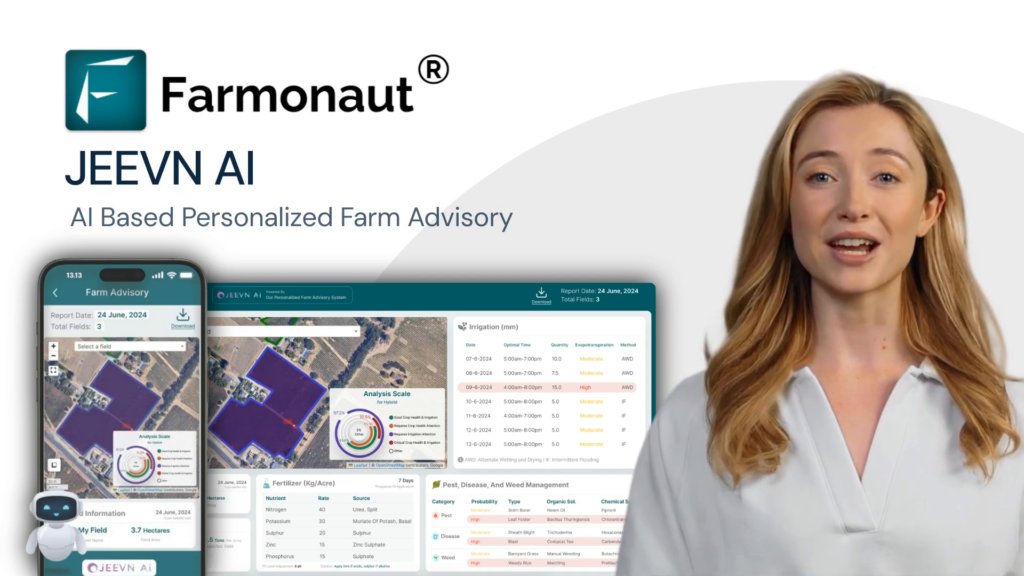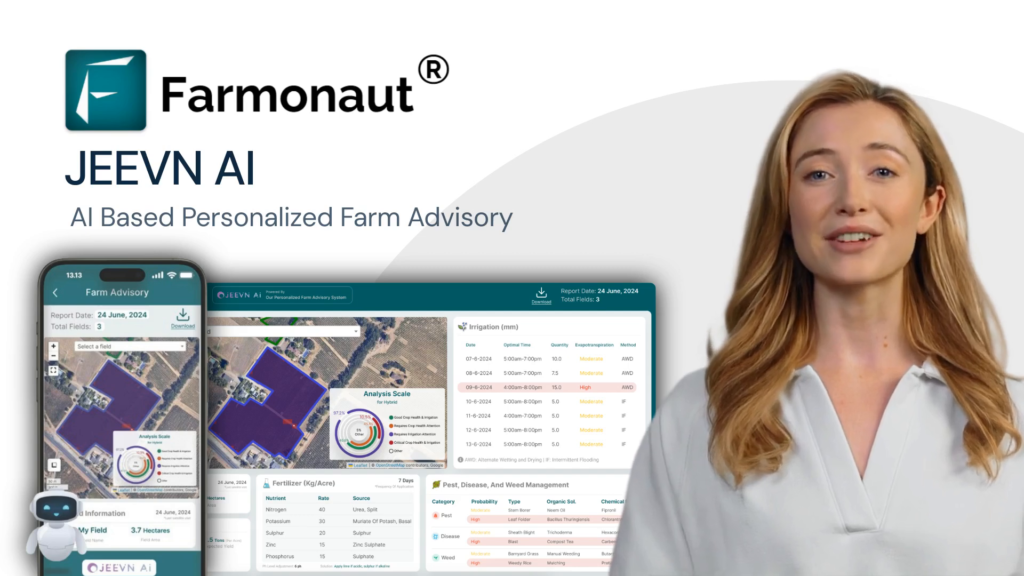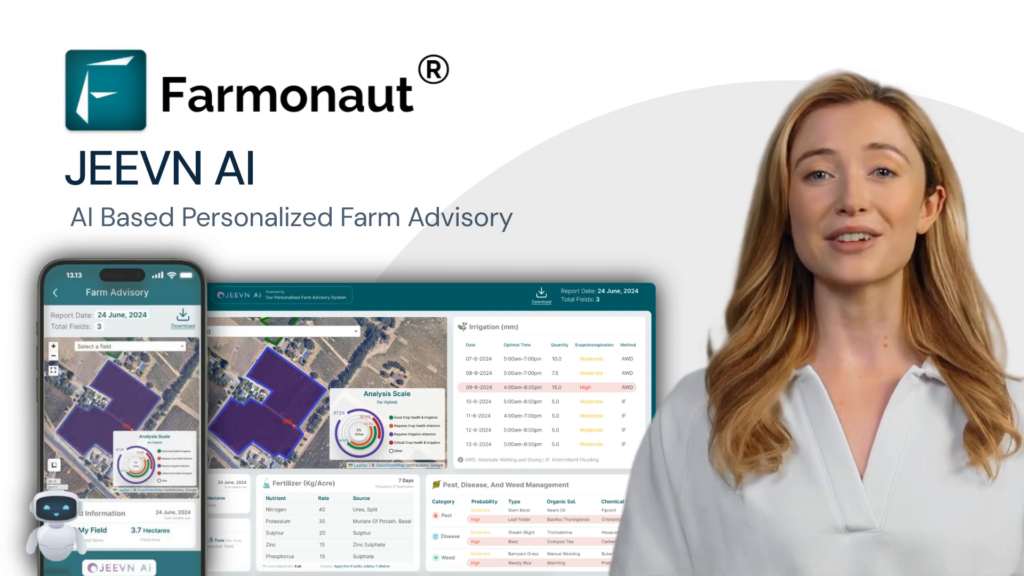Florida’s Citrus Industry Crisis: Battling Greening Disease and Urban Growth in Orange Groves
“Florida’s citrus production has plummeted by 90% in just two decades, showcasing the industry’s rapid decline.”
As we delve into the heart of Florida’s iconic orange groves, we find an industry at a crossroads. The Sunshine State’s citrus sector, once a thriving symbol of agricultural prowess, now faces unprecedented challenges that threaten its very existence. In this comprehensive analysis, we’ll explore the complex interplay of environmental, economic, and demographic factors shaping the future of Florida’s orange groves, offering insights into sustainable agriculture and land use in a changing climate.
The Decline of Florida’s Citrus Industry: A Timeline of Challenges
Florida’s citrus industry has been a cornerstone of the state’s economy and identity for generations. However, the past two decades have seen a dramatic shift in its fortunes. Let’s examine the key events and trends that have led to this crisis:
| Year | Orange Grove Acreage | Citrus Production (million boxes) | Major Events | Urban Development Indicators |
|---|---|---|---|---|
| 2003 | 832,000 | 242 | Citrus greening disease first detected | Polk County population: 510,000 |
| 2008 | 725,000 | 203 | Economic recession impacts land values | Polk County population: 580,000 |
| 2013 | 515,000 | 133 | Citrus greening widespread | Polk County population: 620,000 |
| 2017 | 435,000 | 68 | Hurricane Irma devastates groves | Polk County population: 670,000 |
| 2022 | 312,000 | 41 | Major freeze and two hurricanes | Polk County population: 730,000 |
| 2023 | 275,000 | 24 | Two more hurricanes | Polk County leads U.S. in population growth |
This timeline illustrates the stark reality facing Florida’s citrus industry. The combination of disease, natural disasters, and urban encroachment has led to a precipitous decline in both acreage and production. Let’s explore each of these factors in more detail.
The Triple Threat: Greening Disease, Hurricanes, and Urban Growth
Citrus Greening Disease: A Microscopic Menace
At the heart of the citrus crisis lies a tiny insect with devastating consequences. The Asian citrus psyllid, carrier of the bacteria responsible for citrus greening disease, has wreaked havoc on Florida’s orange groves since its detection in 2003. This insidious disease, also known as Huanglongbing (HLB), causes trees to produce bitter, misshapen fruit before eventually dying.
The impact of citrus greening on the industry cannot be overstated. It has led to:
- Reduced yields and fruit quality
- Increased production costs as growers battle the disease
- Widespread tree mortality, necessitating frequent replanting
- A shift in industry focus towards research and disease management
Dr. Lukasz Stelinski, an entomology professor at the University of Florida’s Citrus Research and Education Center, explains, “Citrus greening has been the most significant challenge our industry has ever faced. It’s not just about treating the symptoms; we’re in a race to find long-term solutions that can save Florida’s citrus heritage.”
Hurricane Havoc: Nature’s Destructive Force
As if disease weren’t enough, Florida’s orange groves have also had to contend with increasingly frequent and severe hurricanes. The impact of these storms on citrus production is multifaceted:
- Direct damage to trees, including uprooting and branch loss
- Flooding and soil erosion in groves
- Disruption of harvesting schedules and infrastructure
- Long-term stress on trees, making them more susceptible to disease
Trevor Murphy, a third-generation grower in Lake Wales, Florida, shared his perspective: “When Hurricane Irma hit in 2017, it was a knockout punch for many growers who were already struggling with greening. A tree that loses branches and foliage in a hurricane can take three years to recover. With multiple storms in recent years, some groves never get the chance to bounce back.”
Urban Encroachment: The Pressure of Population Growth
As Florida’s population continues to boom, particularly in citrus-rich areas like Polk County, orange groves are increasingly giving way to housing developments. This urban growth presents both challenges and temptations for citrus growers:
- Rising land values make selling to developers an attractive option
- Increased competition for water resources
- Fragmentation of agricultural areas, impacting grove management
- Pressure on local ecosystems and wildlife habitats
“At some point, this isn’t going to be an orange grove anymore,” Murphy observed, pointing to the new homes surrounding his family’s 20-acre grove. “You look around here, and it’s all houses, and that’s going to happen here.”
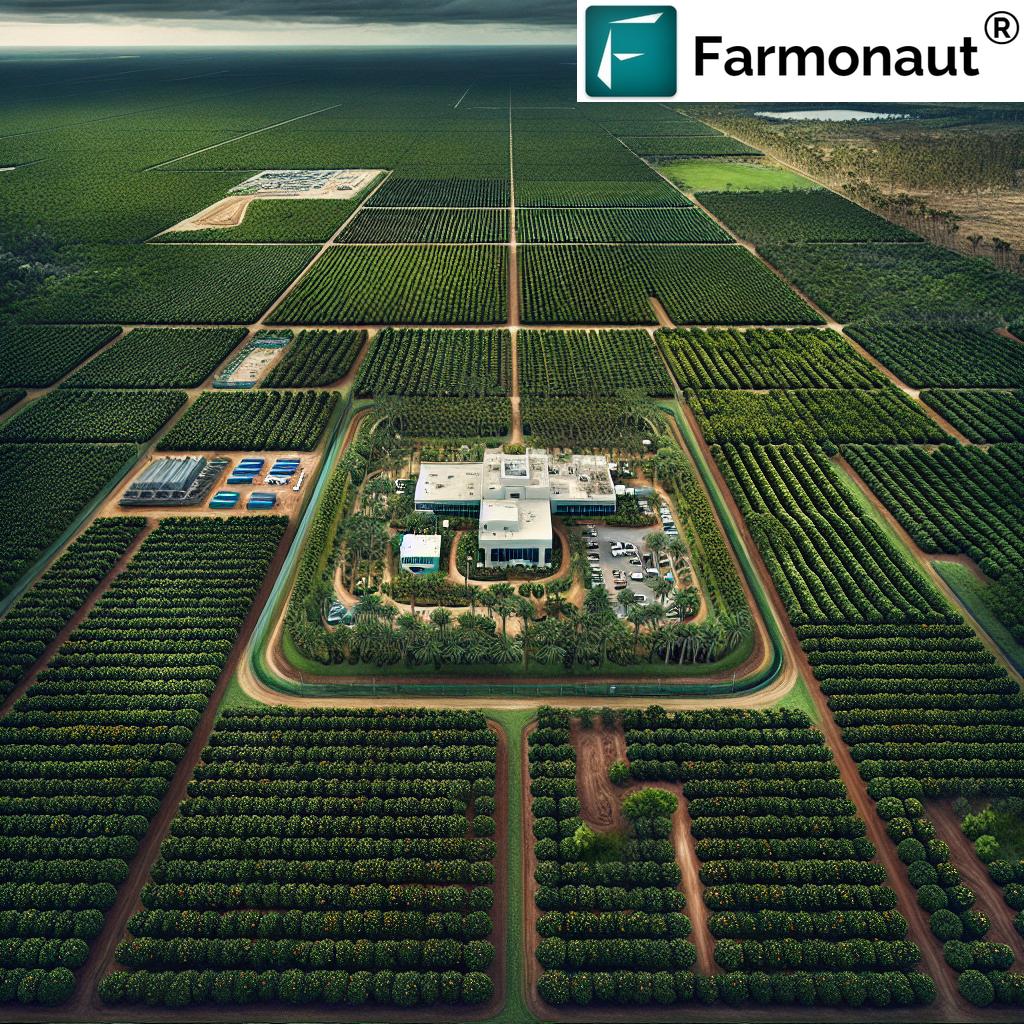
The Economic Ripple Effect
The decline of Florida’s citrus industry has far-reaching economic consequences that extend beyond the groves themselves. A whole ecosystem of businesses dependent on citrus production is at risk, including:
- Juice processors operating at reduced capacity
- Packing houses and distributors facing reduced volumes
- Fertilizer and agricultural supply companies seeing decreased demand
- Citrus-based product manufacturers adapting to limited supply
Tom Davidson, whose family has run Davidson of Dundee Citrus Candy and Jelly Factory since 1966, explains the impact on his business: “The drop in citrus production has affected what flavor jellies we can produce and the prices we charge customers. We’re really hoping that scientists can get this figured out so we can get back to what we did.”
The broader economic impact is significant, with the citrus industry historically contributing $6.8 billion to Florida’s economy and supporting 33,000 full-time and part-time jobs. As production declines, these economic benefits are at risk of evaporating.
The Search for Solutions: Innovation in the Face of Crisis
Despite the dire situation, Florida’s citrus industry is not giving up without a fight. Researchers, growers, and agricultural technology companies are working tirelessly to develop innovative solutions to combat citrus greening and other challenges facing the industry.
Genetic Engineering: The Promise of Bug-Resistant Trees
One of the most promising avenues of research involves genetically modifying citrus trees to resist the Asian citrus psyllid. Dr. Stelinski explains, “We’ve been working for eight years on a genetically modified tree that can kill the tiny insects responsible for citrus greening. The process involves inserting a gene into a citrus tree that produces a protein that can kill baby Asian citrus psyllids by making holes in their guts.”
While this technology holds great promise, it’s still at least three years away from being ready for widespread planting. In the meantime, growers are exploring other innovative approaches to protect their trees.
Protective Cultivation Methods
Some of the strategies being employed to shield citrus trees from the psyllid include:
- Planting trees inside protective screens
- Covering young trees with white bags to keep out the bugs
- Injecting trees with antibiotics to combat the greening bacteria
- Identifying and propagating naturally resistant trees
These methods, while labor-intensive and often expensive, are helping some growers maintain production in the face of the greening threat.
Technological Solutions for Precision Agriculture
In the digital age, technology is playing an increasingly important role in agriculture. Companies like Farmonaut are at the forefront of this revolution, offering satellite-based farm management solutions that can help citrus growers optimize their operations.
Farmonaut’s platform provides valuable services such as:
- Real-time crop health monitoring using multispectral satellite imagery
- AI-based advisory systems for personalized farm management
- Resource management tools to optimize water and fertilizer use
- Carbon footprint tracking for sustainable farming practices
These technologies can help citrus growers make more informed decisions about irrigation, fertilizer application, and pest management, potentially improving yields and reducing costs in the face of ongoing challenges.
The Future of Florida’s Orange Groves: Adaptation and Resilience
As we look to the future of Florida’s citrus industry, it’s clear that adaptation and resilience will be key to its survival. Growers are faced with difficult decisions: whether to sell their land to developers or persevere in hopes of scientific breakthroughs.
Some, like Trevor Murphy, are taking a hybrid approach. “I would like to think that we’re at the bottom, and we’re starting to climb back up that hill,” he says. Murphy has sold some acreage to developers but is using that capital to reinvest in more productive groves and replant thousands of trees.
Others are diversifying their operations, exploring alternative crops or value-added products to supplement their citrus income. This adaptability may be crucial for the industry’s long-term survival.
The Role of Policy and Support
Government support and policy decisions will play a critical role in shaping the future of Florida’s citrus industry. Key areas of focus include:
- Increased funding for research into disease-resistant varieties and treatment methods
- Support for growers transitioning to protective cultivation methods
- Land use policies that balance urban growth with agricultural preservation
- Financial assistance and crop insurance programs tailored to the citrus industry’s unique challenges
Matt Joyner, CEO of trade association Florida Citrus Mutual, emphasizes the importance of these efforts: “Losing the citrus industry is not an option. This industry is so ingrained in Florida. Citrus is synonymous with Florida.”

The Consumer Perspective: Changing Habits and Preferences
As the Florida citrus industry grapples with these challenges, consumer habits are also evolving. Orange juice consumption in the United States has been declining for the past two decades, with a slight uptick during the COVID-19 pandemic. This trend adds another layer of complexity to the industry’s struggles.
Factors influencing consumer behavior include:
- Increased awareness of sugar content in fruit juices
- A shift towards whole fruits and alternative beverages
- Growing interest in locally sourced and organic produce
- Concerns about the environmental impact of large-scale agriculture
To address these changing preferences, the citrus industry may need to innovate not just in production methods, but also in product development and marketing strategies.
Sustainable Agriculture in a Changing Climate
The challenges facing Florida’s citrus industry are emblematic of broader issues in agriculture as we confront climate change and environmental degradation. As we seek solutions for the orange groves, we’re also exploring strategies for sustainable agriculture that can be applied more broadly.
Key considerations include:
- Water conservation and efficient irrigation techniques
- Integrated pest management to reduce reliance on chemical pesticides
- Carbon sequestration and soil health management
- Biodiversity preservation in agricultural landscapes
Technologies like those offered by Farmonaut can play a crucial role in these efforts, providing farmers with the data and insights needed to make sustainable decisions. By leveraging satellite imagery and AI-driven analytics, growers can optimize resource use, reduce waste, and minimize their environmental impact.
The Global Context: Lessons for Agriculture Worldwide
While our focus has been on Florida’s citrus industry, the challenges and potential solutions we’ve explored have global implications. As climate change and urbanization impact agricultural regions worldwide, the experiences of Florida’s orange groves offer valuable lessons:
- The importance of diversification and adaptability in agriculture
- The critical role of research and technology in addressing agricultural challenges
- The need for balanced approaches to land use and urban development
- The potential of precision agriculture and data-driven farming practices
By studying and applying these lessons, we can work towards more resilient and sustainable agricultural systems globally.
Conclusion: A Crossroads for Florida’s Citrus Legacy
As we stand at this critical juncture in the history of Florida’s citrus industry, the path forward is uncertain but not without hope. The challenges of disease, climate change, and urban growth are formidable, but so too is the determination of growers, researchers, and innovators working to preserve this iconic part of Florida’s agricultural heritage.
The future of Florida’s orange groves will likely be shaped by a combination of factors:
- Scientific breakthroughs in disease resistance and treatment
- Adoption of advanced agricultural technologies and practices
- Policy decisions balancing economic growth with agricultural preservation
- Consumer preferences and market demands
- The industry’s ability to adapt to changing environmental conditions
As we navigate these challenges, it’s clear that the Florida citrus industry of the future may look very different from its past. But with innovation, resilience, and a commitment to sustainability, there’s hope that the sweet aroma of orange blossoms will continue to waft through the Sunshine State for generations to come.
“Orange groves in Florida have shrunk from 832,000 acres to only 275,000 acres, illustrating the dramatic loss of citrus land.”
FAQs About Florida’s Citrus Industry Crisis
- What is citrus greening disease?
Citrus greening, also known as Huanglongbing (HLB), is a bacterial disease spread by the Asian citrus psyllid. It causes trees to produce bitter, misshapen fruit and eventually leads to tree death. - How has citrus production in Florida changed over the past two decades?
Florida’s citrus production has declined by approximately 90% over the past 20 years, from 242 million boxes in 2003 to just 24 million boxes in 2023. - What role does urban development play in the decline of orange groves?
Rapid population growth, especially in citrus-rich areas like Polk County, has led to increased urban development. This puts pressure on growers to sell their land for housing developments, reducing the acreage available for citrus production. - How are researchers trying to combat citrus greening disease?
Researchers are exploring various solutions, including genetically modified trees resistant to the Asian citrus psyllid, protective cultivation methods, and the use of antibiotics to combat the greening bacteria. - What impact has the citrus industry decline had on Florida’s economy?
The citrus industry historically contributed $6.8 billion to Florida’s economy and supported 33,000 jobs. The decline has affected not only growers but also processors, distributors, and related industries. - How can technology help address the challenges facing the citrus industry?
Advanced technologies, such as satellite-based farm management solutions offered by companies like Farmonaut, can help growers optimize resource use, monitor crop health, and make data-driven decisions to improve productivity and sustainability. - What are some alternatives being explored by citrus growers?
Some growers are diversifying their operations, exploring alternative crops, or developing value-added products to supplement their citrus income. Others are selling portions of their land while reinvesting in more productive groves. - How has consumer behavior impacted the citrus industry?
Orange juice consumption in the U.S. has been declining for the past two decades, partly due to increased awareness of sugar content in fruit juices and a shift towards whole fruits and alternative beverages. - What lessons can be learned from Florida’s citrus crisis for global agriculture?
The Florida citrus crisis highlights the importance of adaptability, research investment, balanced land use policies, and the potential of precision agriculture in addressing agricultural challenges worldwide. - Is there hope for the future of Florida’s citrus industry?
While the challenges are significant, ongoing research, technological innovations, and the resilience of growers offer hope for the industry’s future, albeit potentially in a different form than its past.
Earn With Farmonaut: Affiliate Program
Earn 20% recurring commission with Farmonaut’s affiliate program by sharing your promo code and helping farmers save 10%. Onboard 10 Elite farmers monthly to earn a minimum of $148,000 annually—start now and grow your income!





